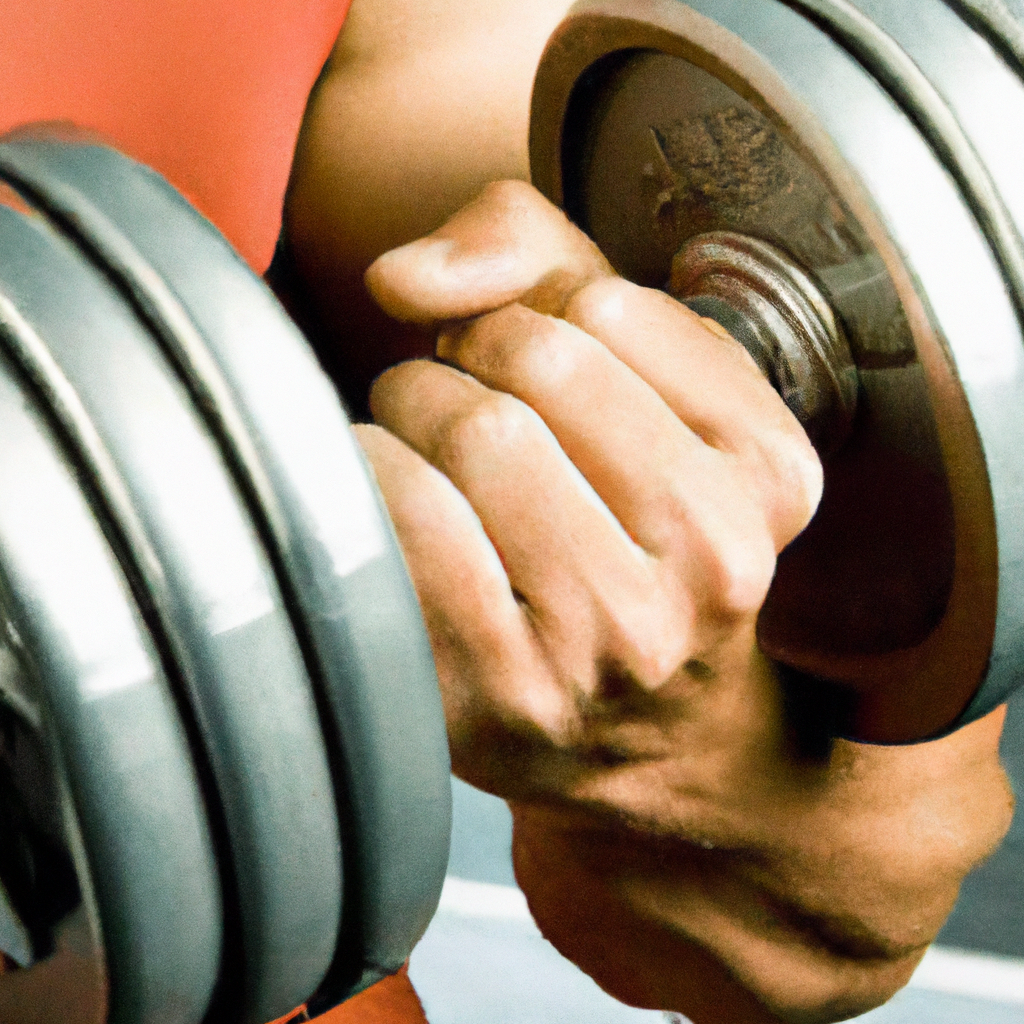Power Up: Building Muscle Strength For Long-Term Weight Loss Success
Looking to lose weight and keep it off for the long term? Building muscle strength might just be the key to your success. In this article, we will explore how strong muscles can contribute to weight loss, the importance of long-term success in your weight loss journey, and how to preserve muscle while shedding pounds. We will also discuss the optimal duration of strength training for weight loss, the potential consequences of only lifting weights without incorporating cardio, and whether it is possible to lose weight through strength training alone. Additionally, we will explore how soon you can expect to see results from strength training and which muscles are most effective at burning fat. Get ready to power up and discover the secrets to achieving long-term weight loss success!

The Importance of Building Muscle Strength
Do strong muscles contribute to weight loss?
Having strong muscles is a crucial component of any weight loss journey. While exercise alone may not be enough to shed those pounds, building muscle strength plays a significant role in accelerating weight loss. When you have more lean muscle mass, your body burns more calories even when at rest. This means that the more muscle you have, the higher your metabolic rate, making it easier to lose weight and keep it off in the long run.
Which muscle burns the most fat?
While all muscles contribute to burning fat, there are certain muscle groups that are particularly effective in this process. The largest muscles in the body, such as the glutes, quadriceps, and hamstrings, have the potential to burn the most fat. These muscles require more energy to perform daily activities and exercises, leading to a higher calorie burn and a greater fat loss.
How do you trigger the fat-burning process?
To trigger the fat-burning process, it’s essential to engage in exercises that challenge your muscles and elevate your heart rate. High-intensity interval training (HIIT) is particularly effective in triggering fat burning. During HIIT workouts, you alternate between short bursts of intense exercise and brief recovery periods. This type of training not only helps build strength but also increases your metabolism, resulting in a higher calorie burn and ultimately, fat loss.
Preserving Muscle During Weight Loss
What is long-term success when trying to lose weight?
Long-term success in weight loss is not solely about shedding a certain number of pounds. It entails making sustainable lifestyle changes that allow you to maintain a healthy weight and overall well-being in the future. Losing weight should go hand in hand with preserving muscle mass and maintaining a balanced diet to ensure that the weight you do lose comes from fat rather than muscle.
How do you preserve muscle when losing weight?
To preserve muscle while losing weight, it’s important to combine regular strength training exercises with proper nutrition. Strength training, such as lifting weights or using resistance bands, helps maintain and build muscle mass. Additionally, consuming enough protein through a well-balanced diet is crucial, as protein provides the essential building blocks for muscle tissue.
Can I lose weight with strength training only?
While strength training is vital for preserving and building muscle mass, it may not be enough on its own for significant weight loss. Combining strength training with cardiovascular exercises, such as running, swimming, or cycling, can help maximize calorie burn and accelerate weight loss. This combination provides a well-rounded approach that targets both muscle development and overall fat reduction.
Strength Training for Weight Loss
How long should I strength train to lose weight?
To see significant weight loss results from strength training, it’s recommended to engage in at least two to three sessions per week. Each session should last around 45 minutes to an hour. However, the duration of each session may vary depending on individual fitness levels and goals. It’s important to focus on proper form and gradually increase the intensity of your workouts over time to continue challenging your muscles and promoting weight loss.
What happens if you only lift weights and no cardio?
While lifting weights alone can contribute to muscle development, incorporating cardio exercises into your routine is crucial for overall weight loss. Cardiovascular exercises help increase your heart rate, boost calorie burn, and improve cardiovascular health. By neglecting cardio and solely focusing on lifting weights, you may miss out on the potential for a higher calorie burn and cardiovascular benefits that come with aerobic activities.
How long does it take to see results from strength training?
The time it takes to see noticeable results from strength training can vary from person to person. Generally, you may start noticing changes in your body composition, such as increased muscle tone and reduced body fat, within a few weeks of consistent strength training. However, significant changes in muscle strength and overall physique may take several months of dedicated training to become evident. Patience and consistency are key when it comes to reaping the full benefits of strength training for weight loss.
Which muscle burns the most fat?
While there is no single muscle that exclusively burns the most fat, it is important to focus on larger muscle groups when aiming for effective fat burning. These muscles include the glutes, quadriceps, and hamstrings. By engaging in compound exercises that target multiple muscle groups simultaneously, such as squats or lunges, you can maximize fat burning potential. Additionally, incorporating exercises that engage the core muscles, such as planks or Russian twists, can help strengthen the abdominal muscles and contribute to overall fat loss.
How do you trigger the fat-burning process?
To trigger the fat-burning process, it is crucial to create a calorie deficit by burning more calories than you consume. This can be achieved through a combination of regular exercise and a balanced diet. Along with strength training, incorporating cardiovascular exercises into your routine helps elevate your heart rate and increase calorie burn. High-intensity interval training (HIIT) and aerobic exercises, such as running or cycling, are particularly effective in boosting fat burning and revving up your metabolism. Additionally, maintaining a healthy and balanced diet that prioritizes whole foods, lean proteins, and plenty of vegetables can further support the fat-burning process.
By understanding the importance of building muscle strength, preserving muscle during weight loss, and incorporating strength training into your weight loss journey, you can achieve long-term success and reach your goals. Remember to tailor your workouts to include both strength training and cardiovascular exercises, focus on proper nutrition, and stay consistent with your efforts. With dedication and perseverance, you can power up your weight loss journey and enjoy the numerous benefits that come with increased muscle strength.

